Universally Disliked: Top 5 Controversial Anime Heroines

Anime has gifted us a myriad of beloved heroines over the years. Characters like Mikasa Ackerman from "Attack on Titan," Bulma from "Dragon Ball," and Sailor Moon stand out not only for their strength but also for their depth and relatability. These heroines epitomize qualities such as bravery, intelligence, and independence, making them fan favorites and often viewed as role models (Sportskeeda).
But let's be real—anime isn't all about sunshine and rainbows, especially when it comes to female characters. For every celebrated heroine, there exists a character that fans simply love to hate. These controversial figures bring more than just drama; they add layers to stories and evoke passionate debates within the community.
We're diving into the world of the top five universally disliked anime heroines. Buckle up, because this journey will take you through the stories of characters that have stirred up more than just a little controversy:
-
Sakura Haruno (Naruto)
Despite being one of the central characters, Sakura struggled to win over fans due to perceptions of her being useless, especially during the early series. Her character development and comparisons to other female characters in "Naruto" further fuel fan criticism (CBR). -
Mami Nanami (Rent-A-Girlfriend)
Known for her manipulative and toxic behavior, Mami Nanami's actions significantly impact the main character negatively. Her antics have ignited strong reactions from the fanbase, branding her as a character people love to detest. -
Rachel (Tower of God)
Perhaps one of the most reviled characters, Rachel's betrayal of Baam and her selfish motivations left a bitter taste in the mouths of fans. Her lack of redeeming qualities has made her a prime target for fan disdain (Sportskeeda). -
Nina Einstein (Code Geass)
Nina's creation of weapons of mass destruction and her racist ideologies make her a character whose actions are hard to overlook. Combined with her lack of remorse, she remains a figure of intense hatred in the anime community. -
Misa Amane (Death Note)
Misa is often perceived as lacking intelligence and agency, overshadowed by her obsessive behavior towards Light Yagami. Her potential as a Death Note user is seen as wasted, leading to her unpopularity (CBR).
These characters are not just fillers or side notes; they add complexity, challenge the main protagonists, and sometimes even drive the plot. Love them or hate them, you can't ignore the impact they have had on their respective series. As we delve deeper, let's understand why these characters have garnered such universal disdain and what that says about storytelling in anime.
1. Sakura Haruno (Naruto)
Ah, Sakura Haruno. She's the poster child for "wasted potential" in anime, isn't she? When we first meet her in Naruto, it's hard not to roll your eyes. Fans often find themselves groaning as Sakura swings helplessly between wanting to be an independent ninja and clinging to her teammates for support (Gamerant).
Her early portrayal often leaves her as the damsel in distress, something that is less tolerable in a series where every character seems to be wielding some sort of badassery. Despite being a part of Team 7, alongside prodigies like Naruto and Sasuke, Sakura's role is confined to a cheerleader rather than a combatant, which doesn’t sit well with viewers.
Now, let’s talk about character development—or the lack thereof. While Naruto and Sasuke get epic power-ups and backstories that deepen their characters, Sakura seems to lag behind. Even when she does get the spotlight, as she did during the fight with Sasori in Shippuden, the praise often feels like too little, too late. In fact, the missed opportunities for her growth have been a significant point of contention among fans (CBR).
Fans were utterly baffled by her unwavering love for Sasuke, which felt more like teenage infatuation than genuine emotion. This obsession didn't just make her look fickle; it arguably weakened her character. Not to mention, her attempts to distance herself from these romantic escapades often ended in hilarious failure, making it difficult for anyone to take her seriously (Quora).
When comparing Sakura to other female characters in Naruto, the gap becomes glaringly obvious. Take Hinata Hyuga, for instance. Initially shown as shy and introverted, Hinata undergoes significant growth, culminating in her becoming an important fighter and eventually Naruto's love interest. Fans feel a connection to her journey because she evolves from her limitations, unlike Sakura, who often seems stuck in the same emotional rut (Shuriken Quora).
Tsunade, another strong female character, had an entire arc dedicated to her, showing her strengths and flaws in equal measure. She is seen as a complex and multi-dimensional character, earning respect and admiration from the fandom. Sakura, in contrast, often plays the 'utility character,' rarely given the screen time to explore her capabilities to their full extent.
Overall, Sakura Haruno's character is a hotbed of wasted potential. From her perceived uselessness in the early series to her underwhelming character development, fans have plenty to gripe about. Her constant juggling act between romantic infatuation and ninja aspirations just leaves viewers wanting more—or, at the very least, something different.
While controversial characters like Sakura play their roles in storyline enhancement, they often serve as lessons in how not to write female characters in anime. As we delve deeper into the world of controversial anime heroines, the tale of divisiveness and missed opportunities only gets richer.
2. Mami Nanami (Rent-A-Girlfriend)
Mami Nanami, the ex-girlfriend of Kazuya Kinoshita in Rent-A-Girlfriend, was initially received with enthusiasm by the fans. However, as the series progressed, her character development took an unexpected turn, causing a wave of disappointment. (Ranker)
Mami's manipulative and toxic behavior has been a significant point of criticism. Her actions seem to serve no purpose other than to make the protagonist's life more difficult, which has led to her being labeled as a poorly written character. (Reddit)
When compared to other female characters in the genre, Mami's lack of depth and development becomes more apparent. Characters like Chika Fujiwara from Kaguya-sama: Love is War and Nagatoro from Don't Toy with Me, Miss Nagatoro are praised for their complexity and growth, which leaves Mami's character feeling one-dimensional. (Anime News Network)
Mami Nanami's claim to infamy is primarily due to her manipulative and emotionally abusive tendencies. Fans have pointed out that she seems to thrive on creating chaos in Kazuya's love life. Despite having dumped Kazuya, she can't seem to stand him moving on with his fake girlfriend, Chizuru, and goes out of her way to sabotage their relationship (Villains Wiki).
Her behavior is often described as psychopathic and sociopathic, as she sends Kazuya mixed messages about dating him again, creating constant emotional turmoil (Hate Sink Fandom). To many fans, her attempts to ruin Kazuya's budding relationships, both real and fabricated, are nothing short of repulsive. Her jealousy and insecurity seem to drive her to such lengths, making her one of the most criticized characters in recent anime history.
Ironically, Mami's toxic behavior has an unintended positive consequence on Kazuya. It's mainly because of Mami that Kazuya finds the motivation to improve himself and interact with other girls, even if the catalyst is rooted in his depression and desperation to impress her (CBR). However, this silver lining doesn't redeem her in the eyes of the fanbase, who view her actions as self-serving and vindictive.
The fan response to Mami Nanami is overwhelmingly negative. Many see her as the "Evil Ex," a character who goes out of her way to ruin the main protagonist's chances at happiness (CBR). Reddit users have gone as far as to label her actions as “shitty,” while also acknowledging that her role as an antagonist adds spice to the story (Reddit).
Many fans argue that her behavior stems from jealousy and insecurity, rather than genuine malice. They believe she can't stand to see Kazuya move on and feel the need to keep him below her, emotionally and socially. With such a polarizing presence, Mami Nanami proves that even in a light-hearted rom-com, an antagonist can stir up some intense emotions among the audience, making her a lasting topic of discussion among fans.
3. Rachel (Tower of God)
Rachel from "Tower of God" is infamous for her grand act of betrayal in the series. Tower is full of stakes, and Rachel's ultimate betrayal of the main character Baam takes center stage. (CBR)
Early in the series, fans discover Rachel's jealousy towards Baam for having the qualities and abilities she desired. The climax of this envy manifests in her shocking decision to push Baam off the Tower, an act that darn near cost him his life. (Sportskeeda)
Rachel's motivations are rooted in deep-seated selfishness and narcissism. She dreams of climbing the Tower and gazing at the stars, ambitions partly inspired by jealousy and a hunger for power rather than any sense of heroism or altruism. Her willingness to betray Baam, who had done nothing but support her, only showcases her self-centered nature. (Quora)
Her actions throughout the series lack any redeeming qualities, making it almost impossible for viewers to empathize with her. Unlike other characters who exhibit growth or show signs of remorse, Rachel digs herself deeper into a pit of hate because of her stubborn refusal to change or show caution. (Hate Sink Wiki)
When a character betrays a devoted protagonist, strong fan reactions are inevitable. Rachel is one of those rare characters who manages to cross every line in the fan rulebook. The massive betrayal scene has caused Rachel to become one of the most hated characters in the anime world, garnering a level of disdain so intense it has almost become legendary. (Thoughts on X)
It's not uncommon to find forums filled with discussions and meme-fests expressing their intense dislike for Rachel. The sheer volume of complaints ranging from her personality to her decisions reflects her universally negative reception by the community. Reddit threads and other online platforms regularly debate the complexities of her character, often settling on a unanimous verdict: Rachel is irredeemable.
Rachel's character serves as a grim reminder of the deep impact a villainous turn can have on an audience. Disliked by many but undeniably pivotal to the storyline, she remains an intricate part of "Tower of God."
4. Nina Einstein (Code Geass)
Let’s jump into the realm of "Code Geass" where you'll find one of the most divisive characters of all time: Nina Einstein. If there were gold medals for being universally disliked, Nina would be a top contender.
First things first, let's talk F.L.E.I.J.A. — the ultimate weapon of destruction created by our dear Nina. Initially a timid student, her transition into an antagonist was, let's say, explosive. Recruited by Prince Schneizel as chief of his research team, Nina ends up creating the F.L.E.I.J.A. bomb, which stands for Field Limitary Effective Imploder Active (Wikipedia). Unlike most teenagers who might take up knitting, Nina decided to invent a weapon capable of massive devastation. This bomb wasn’t just a firework show gone wrong; it was a catastrophic invention used with lethal precision.
Now, brace yourself for Nina's not-so-subtle racist ideologies. From the get-go, she embodies extreme xenophobia. Her hatred towards the Japanese is palpable and unsettling, often leading her to make morally perilous decisions. This xenophobic attitude reaches its terrifying peak with the development and deployment of the F.L.E.I.J.A. bomb, driven by her deep-seated racism and personal vendettas. Let’s just say, if there were an "Anti-Humanitarian of the Year" award, Nina### Lack of Remorse for Her Actions
But wait, there's more! Nina isn't just a mad scientist; she's a mad scientist without a conscience. Despite the countless lives lost because of her creations, Nina shows an astonishing lack of remorse. There's no sobering moment of self-reflection where she realizes the horror of her actions. Instead, her obsession with Princess Euphemia, whom she idolizes to an unhealthy extent, fuels her destructive ambitions. This pathological infatuation with Euphemia adds another layer of complexity—or should I say, layers of "Oh no, she didn't!"—to her already controversial character (Ranker).
Moreover, Nina’s actions are not just abstract evil; they are deeply personal and vindictive. Her venomous attitude toward any perceived enemy, especially the "Elevens" (Japanese), makes her a character that viewers love to hate. Her vendetta against those she blames for Euphemia's death drives her to take horrifying steps, culminating in actions that cause widespread destruction and suffering without a flicker of guilt.
Interestingly, some argue that Nina serves as a reflective mirror for societal issues. According to some Redditors, she exemplifies everyday racism that exists within many people but is often left unchecked (Reddit). It’s a grim reminder that bigotry and hatred can manifest in alarming ways, contributing to devastating outcomes when left unchallenged. This complexity makes Nina more than just a one-dimensional villain; she’s a cautionary tale about the peril of unchecked prejudices and the dangerous lengths to which they can drive a person (Villains Fandom).
The legacy of Nina Einstein in "Code Geass" is one of destructive genius marred by personal vendettas and crippling racism. Her character stirs up conversation like few others in the anime world, making her one of the most detested—and paradoxically, one of the most memorable—figures in the series. Her actions serve as pivotal moments in the storyline, propelling the plot into darker, more complex territories while revealing the ugliest facets of human nature.
While controversial characters like Nina may incur the ire of audiences, they also play critical roles in driving narratives that challenge our perceptions and provoke deep reflection. Up next, we'll explore another polarizing figure who pushes boundaries in their unique way.
5. Misa Amane (Death Note)
Misa Amane from Death Note is a character that has divided fans and critics alike. Initially portrayed as a complex figure, her character takes a controversial turn that has left many feeling she's one of the most disappointing anime heroines. Among the many reasons for this, Misa is often criticized for her perceived lack of intelligence and agency, her obsessive behavior towards Light Yagami, and the wasted potential as a Death Note user.
One of the most common complaints about Misa is her perceived lack of intelligence. In a world filled with master strategists and super geniuses, Misa often comes across as less intellectually capable, which has drawn significant ire from fans. Despite showing some signs of cunning—she does manage to uncover Kira’s identity before anyone else—her character often fails to capitalize on this intelligence (Ranker).
Misa's agency also takes a nosedive due to her unwavering devotion to Light Yagami. Instead of using her Death Note to achieve her own goals or moral outcomes, Misa becomes a puppet for Light, who manipulates her love and blind faith for his machinations (Quora).
Misa’s unwavering obsession with Light is another aspect that grates on many fans. From the moment Light, disguised as Kira, avenges her parents' death, Misa's admiration turns into a fanatical obsession. She's willing to do anything for his approval, even sacrificing half of her life span twice to gain the Shinigami Eyes so she can assist him better (Shipping Fandom).
This obsessive love often puts her in situations that endanger both herself and Light. Her unpredictable behavior and constant need for validation make her a liability rather than the powerful ally she could have been. This all-consuming obsession alienates fans who feel her character could have been much more if she showed independence and personal growth (Reddit).
Misa’s character serves as a missed opportunity for fans who expected more from her as the second human Death Note user. Given her position in the story, Misa had the potential to be a powerful figure in her own right. Instead, her intelligence and potential are sidelined by her love-sick devotion to Light (Quora).
The musical adaptation of Death Note explored her character in more depth, revealing her internal struggles and motivations, highlighting the wasted potential of her anime portrayal. This shines a light on what could have been a more robust, multi-dimensional character if the anime had explored those aspects (Reddit).
Ultimately, Misa Amane’s character encapsulates the pitfalls of writing a heroine whose potential is overshadowed by her love for a manipulative figure. Her intelligence, agency, and strength take a back seat, leading to fan frustration and her place in the annals of controversial anime heroines.
With Misa’s story in the rearview, let's navigate the role disliked characters play in the grand weave of anime storytelling and how they fuel both plot progression and debate.
Conclusion
Breaking down the role of controversial characters, it's clear they serve a unique purpose in Japanese animation. Whether it's Sakura Haruno's tumultuous growth in "Naruto" or Mami Nanami's manipulative shenanigans in "Rent-A-Girlfriend," these characters often propel the narrative forward in unexpected ways. By instigating conflicts, these unpopular figures provide a canvas for the main protagonists to evolve, highlighting their strengths, flaws, and everything in between. Without these "bad eggs," storylines could become stagnant, maintaining a level of dramatic tension that keeps viewers on the edge of their seats.
For instance, consider Rachel from "Tower of God." Her betrayal shakes the core of Baam's growth as he transitions from an innocent, naive protagonist to someone who grapples with complex emotions and moral dilemmas. Similarly, Nina Einstein from "Code Geass," with her destructive actions and xenophobic tendencies, introduces ethical and philosophical questions that compel both the characters and the audience to reflect on their values.
Crafting female characters with depth involves more than just throwing in a few plot twists or quirks. The key lies in creating women who possess agency, nuanced motivations, and the capability to evolve over time. Good writing makes a character's actions—whether good or bad—understandable, if not always justifiable. Unfortunately, many anime fall into the trap of one-dimensional portrayals, thus failing to provide the depth needed for a character to be truly compelling.
This often leads to the criticism of characters like Misa Amane from "Death Note," whose obsessive devotion to Light Yagami and underutilized potential leave fans and critics alike frustrated. But even within these controversial characters, there exist layers of complexity that reflect real human behavior, albeit amplified for dramatic effect.
However, it's essential to also appreciate the strides made in depicting strong, independent female figures who break the mold. Characters like Mikasa Ackerman from "Attack on Titan" or Usagi Tsukino (Sailor Moon herself) offer a balance, showcasing strength, vulnerability, and multi-faceted personalities.
Talking about controversial characters inevitably leads to a reflection on fan expectations and how they shape character reception. Fans often form strong attachments to specific character archetypes, which can cloud their judgment when a character deviates from the norm. For example, Sakura Haruno's initial arc in "Naruto" may have fallen short, but her eventual growth and contribution to the series are often overshadowed by early disappointments.
Moreover, the reception of a character is often a mirror to societal values and expectations. Mami Nanami's behavior in "Rent-A-Girlfriend" irks many because it feels purposeless and mean-spirited, traits that clash with the ideal female character concepts held by the audience. On the flip side, Rachel from "Tower of God" is met with intense hatred partly because her self-serving actions clash directly with the protagonist's innocence.
Ultimately, the purpose of introducing such complicated personalities lies in enriching the narrative tapestry. They embody traits—be it jealousy, ambition, or compulsion—that trigger strong reactions and, by doing so, make the story more engaging.
In conclusion, despite the ire they draw, these controversial female characters are essential to any compelling narrative, providing a deeper understanding of human complexity. Their actions, though sometimes reprehensible, challenge our perceptions and elicit emotions that make the viewing experience all the more fulfilling.











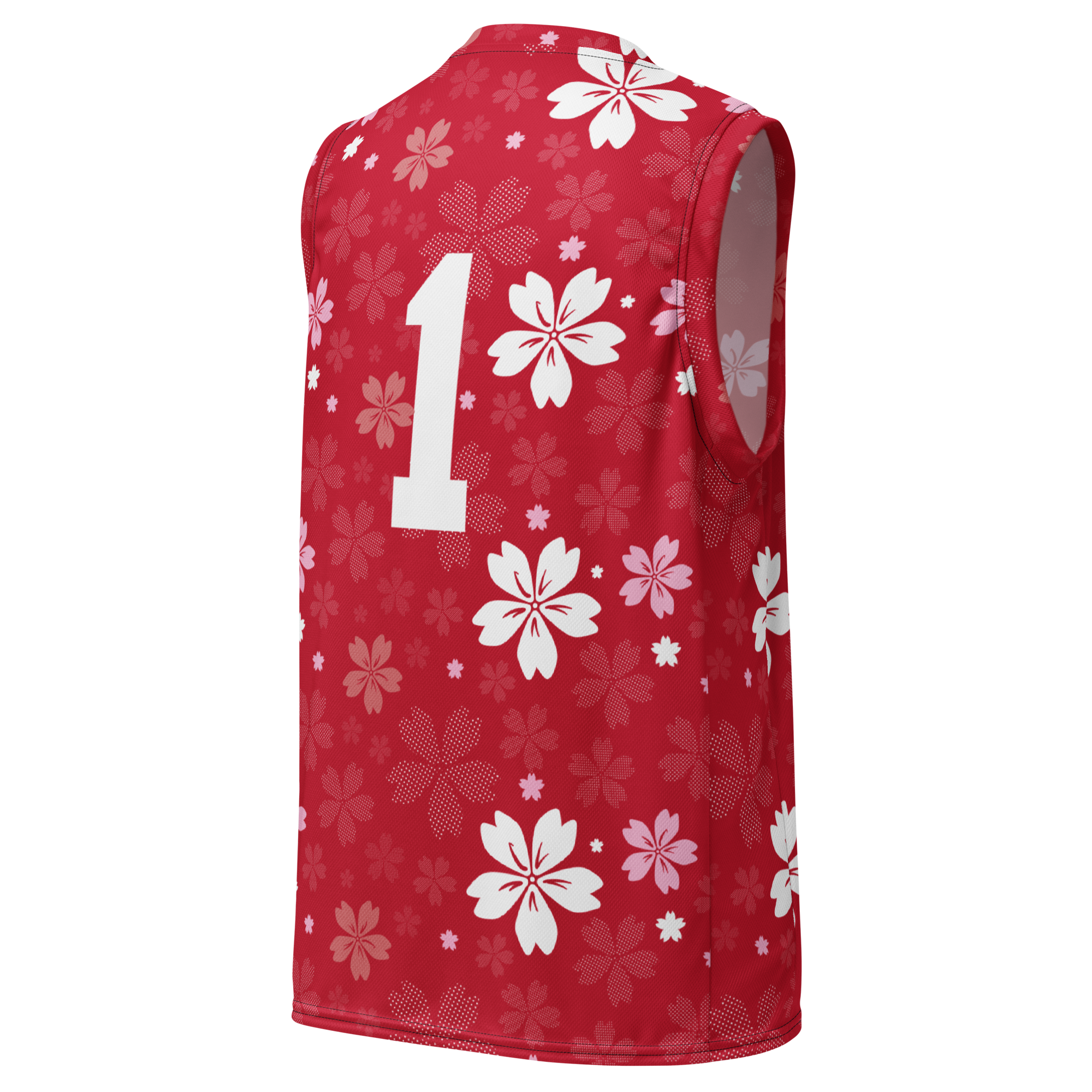

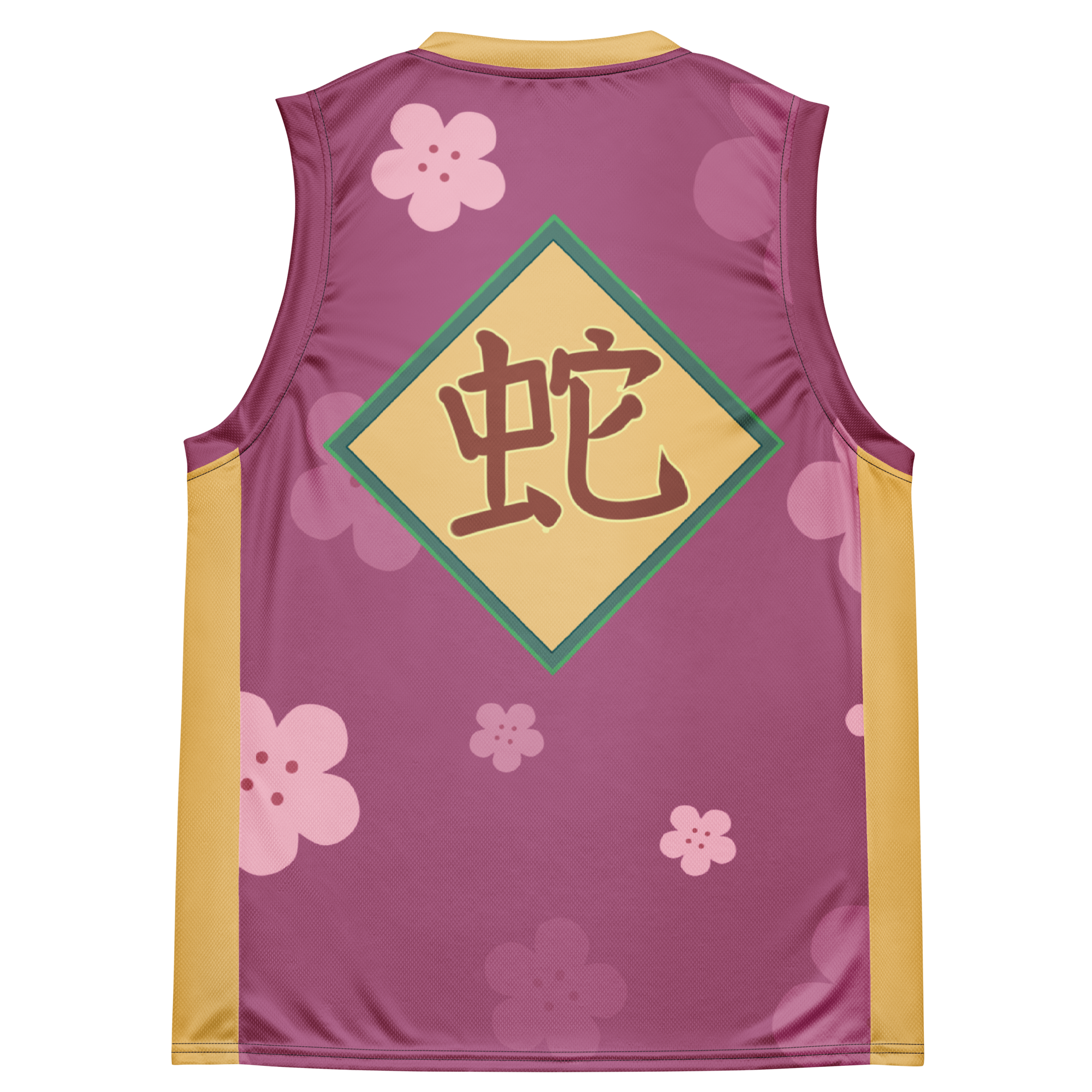
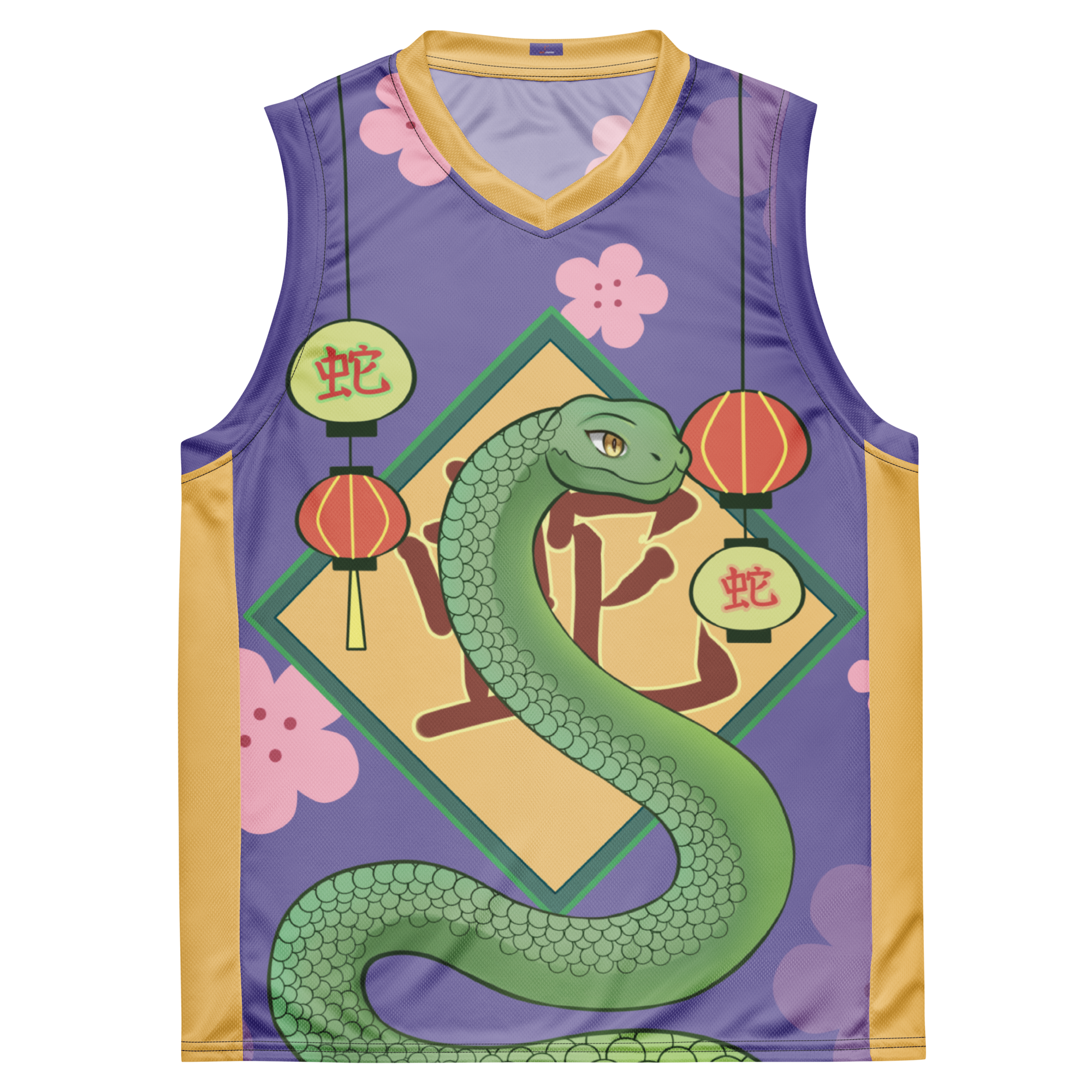
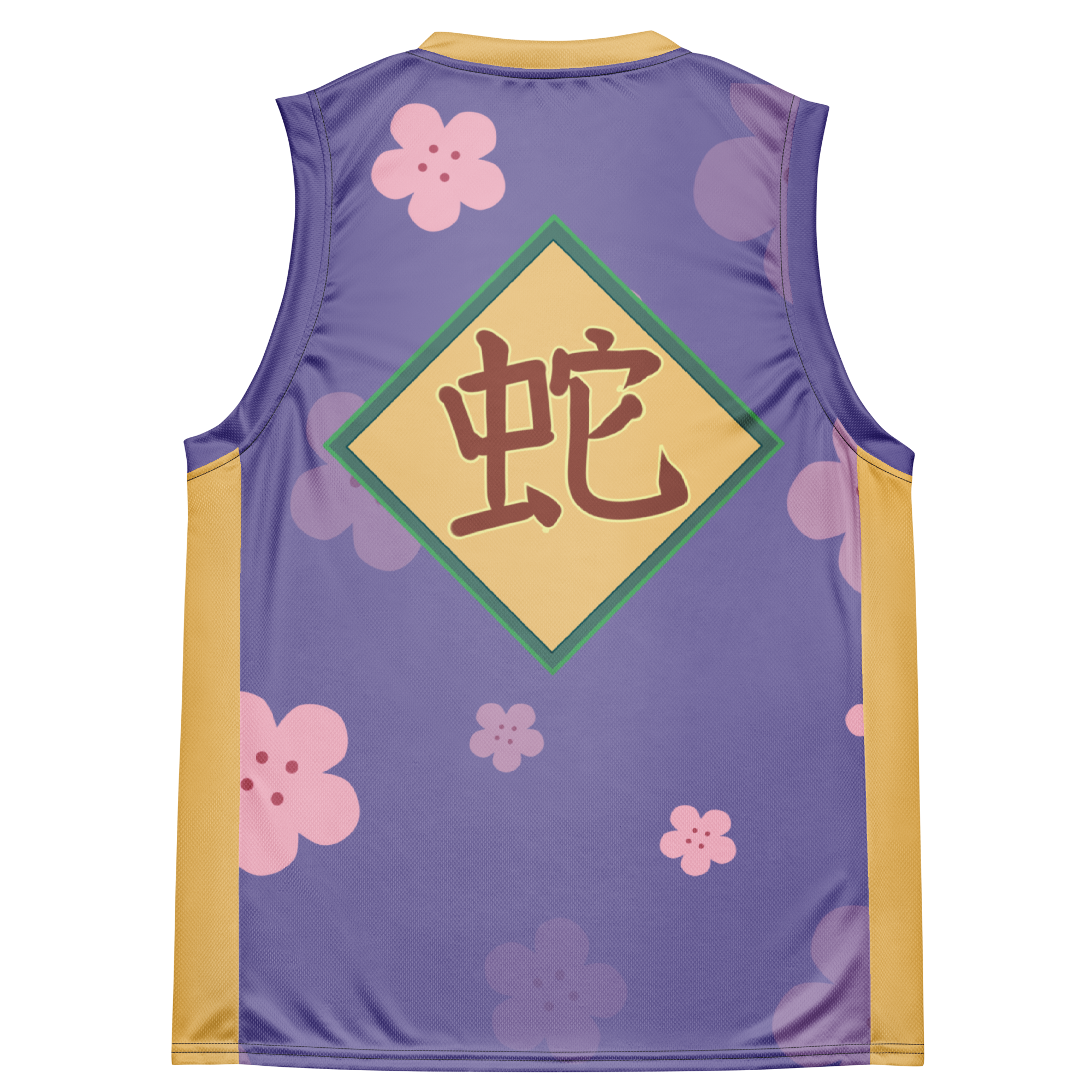
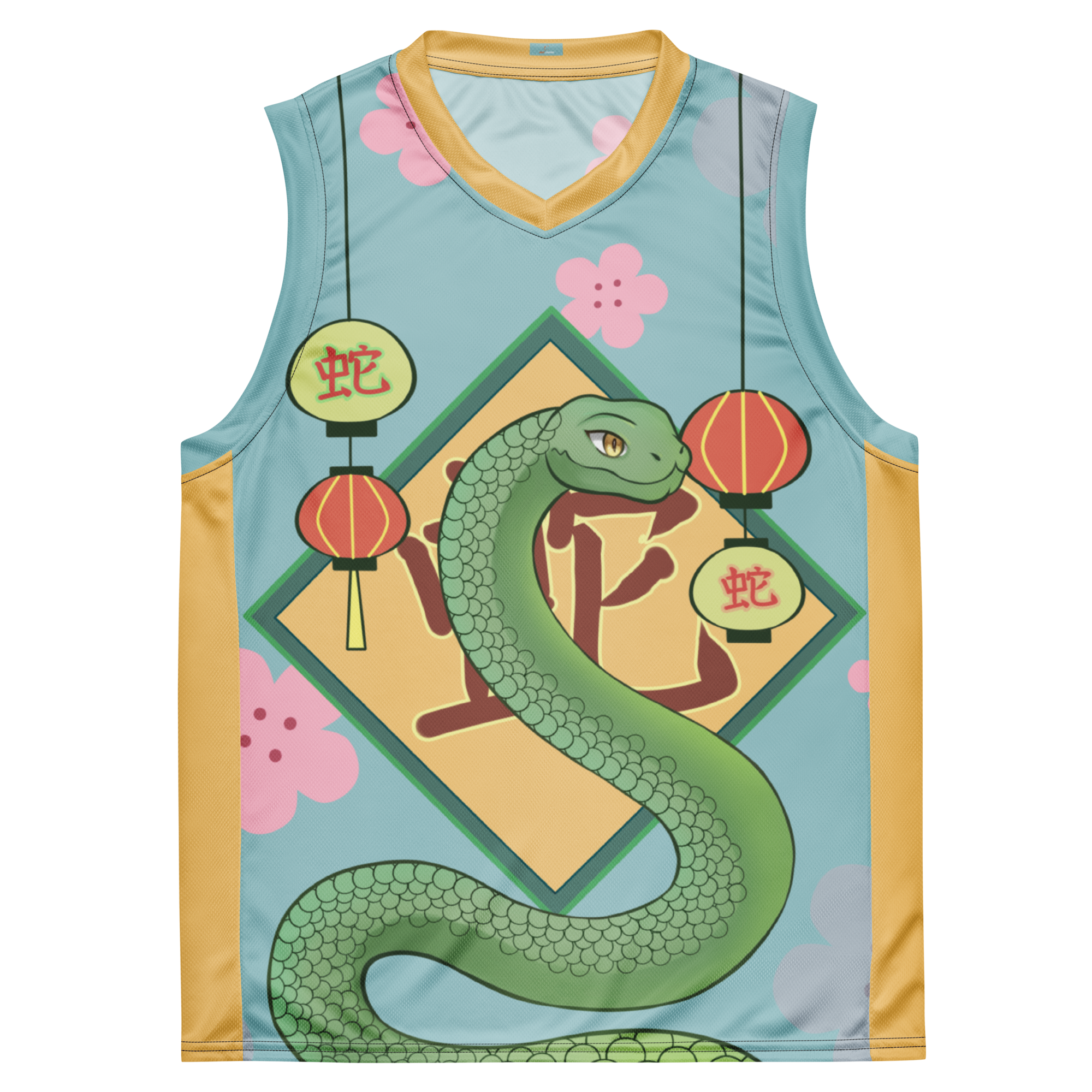
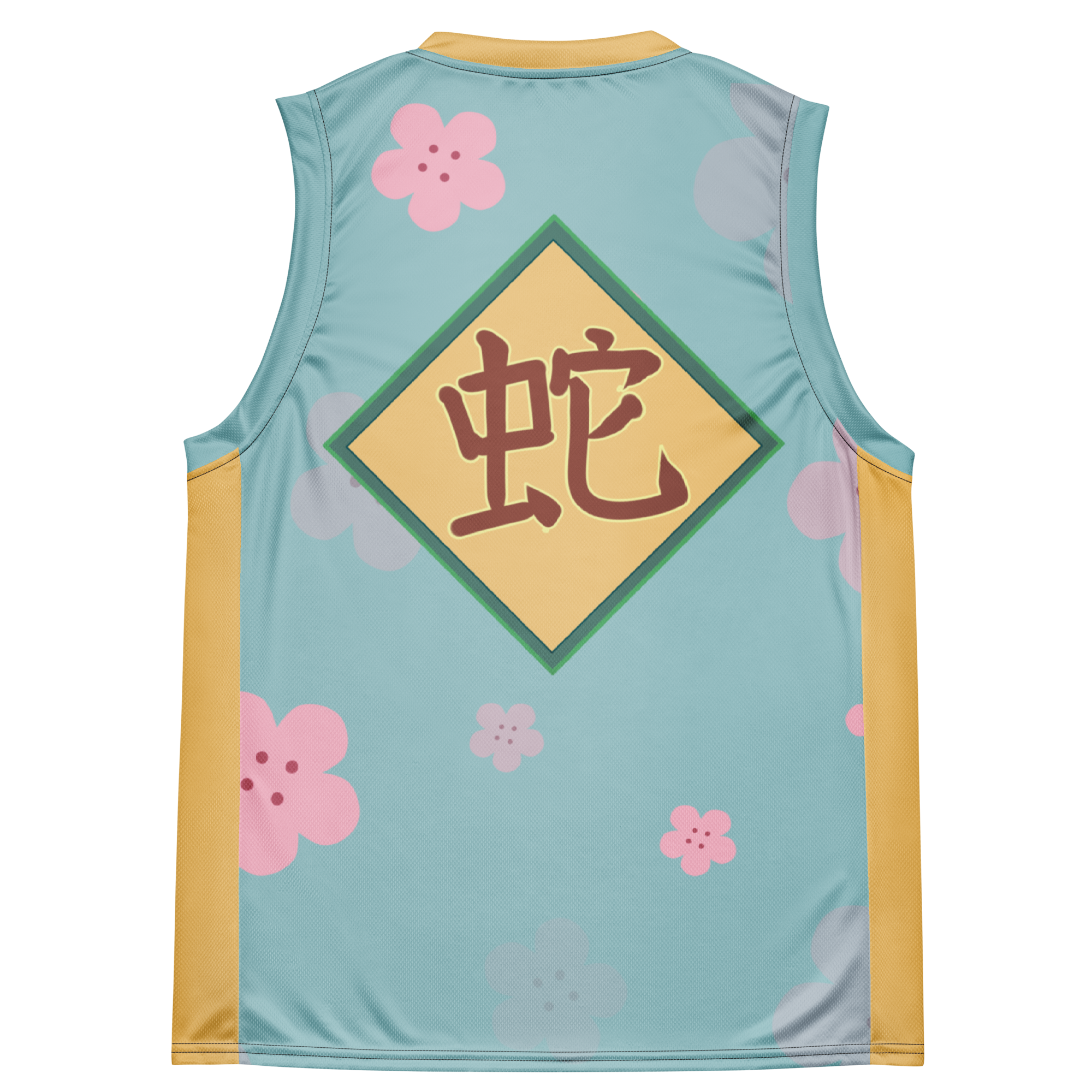
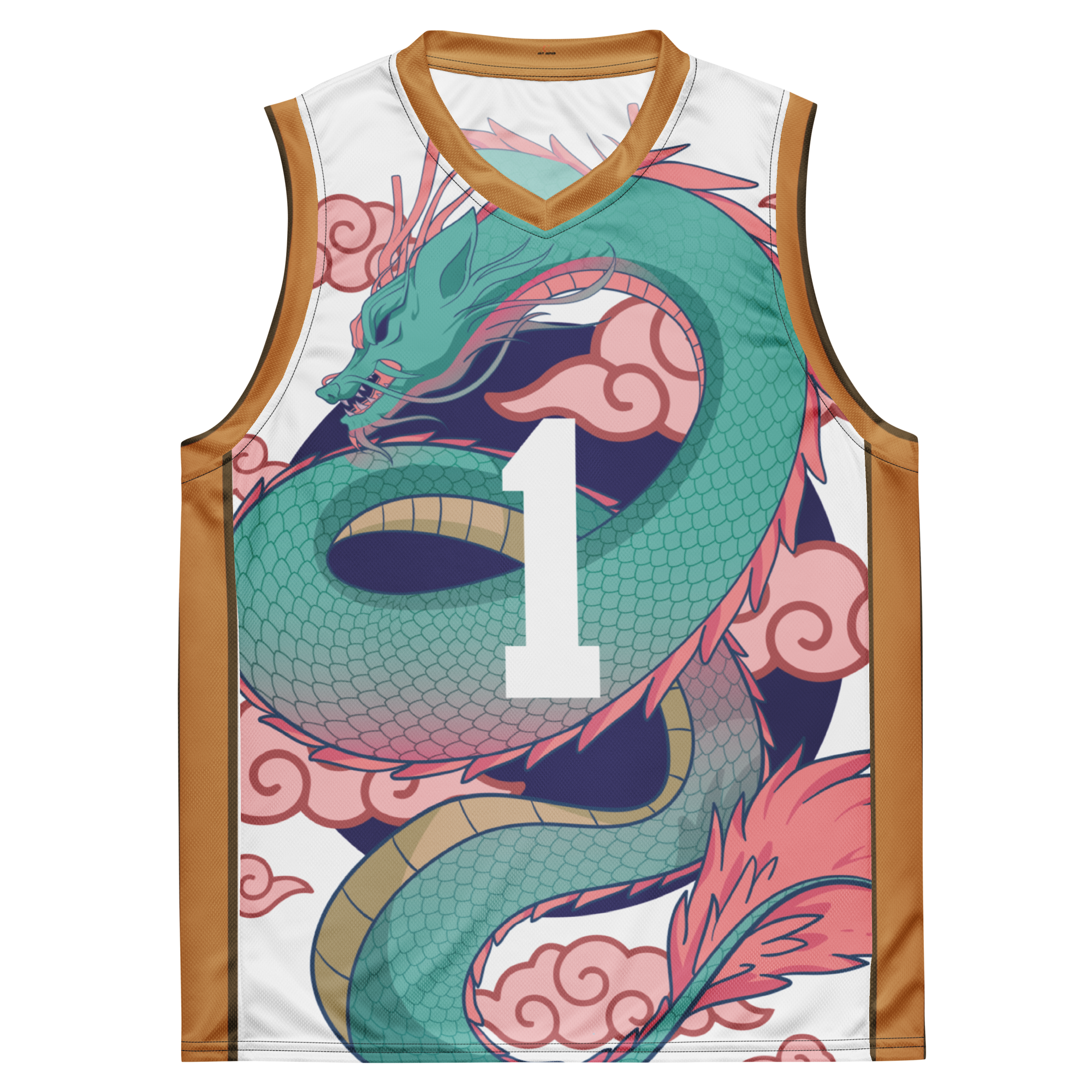
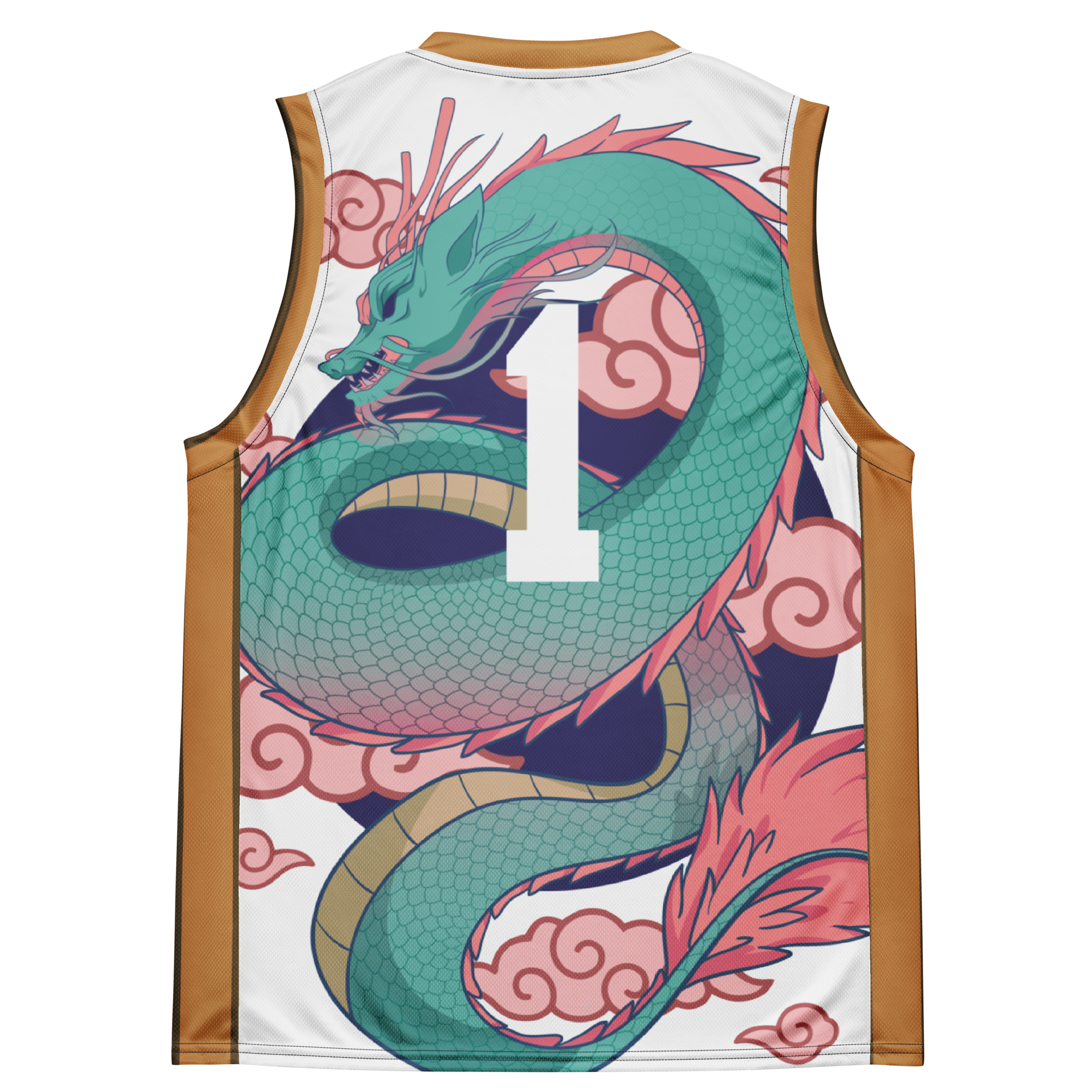
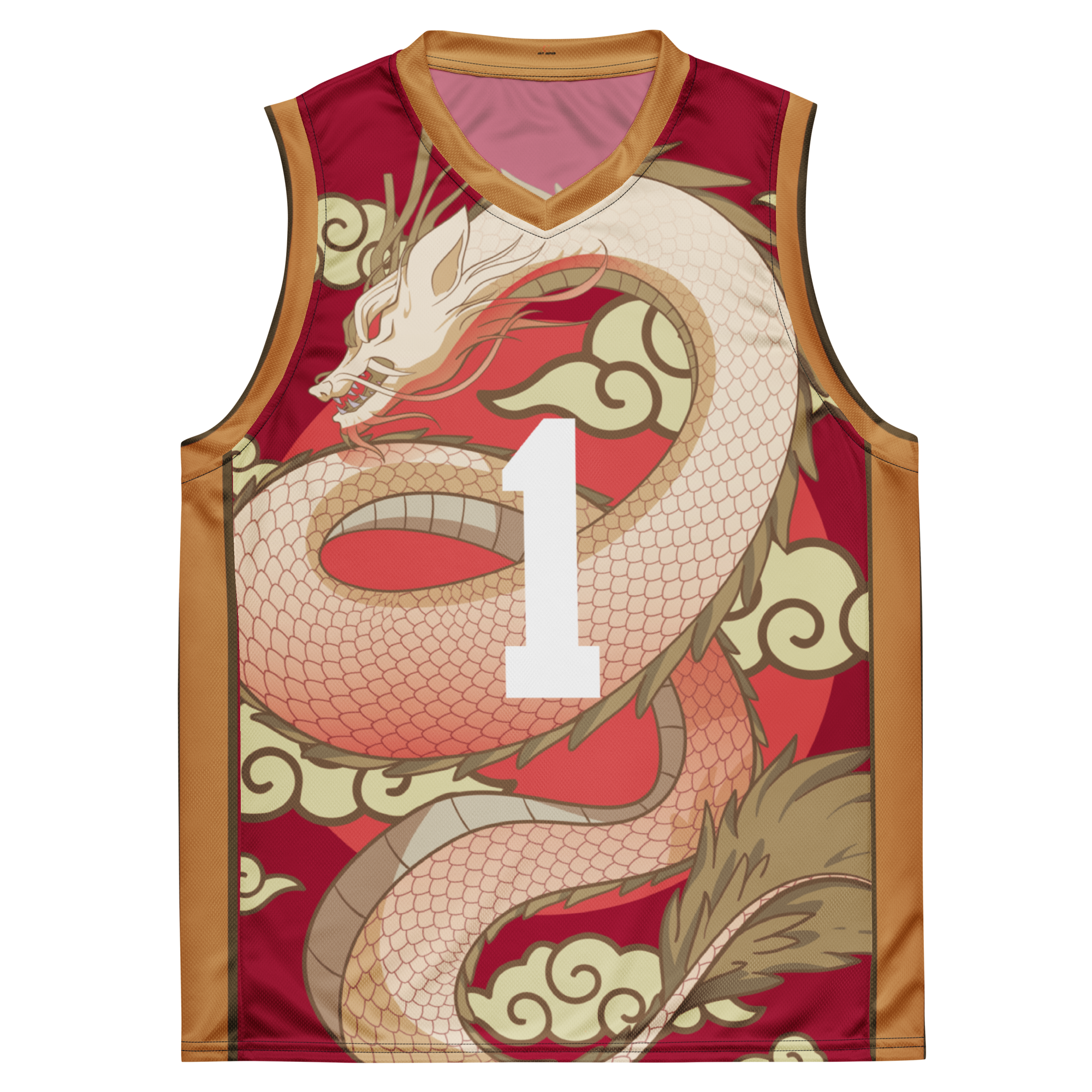
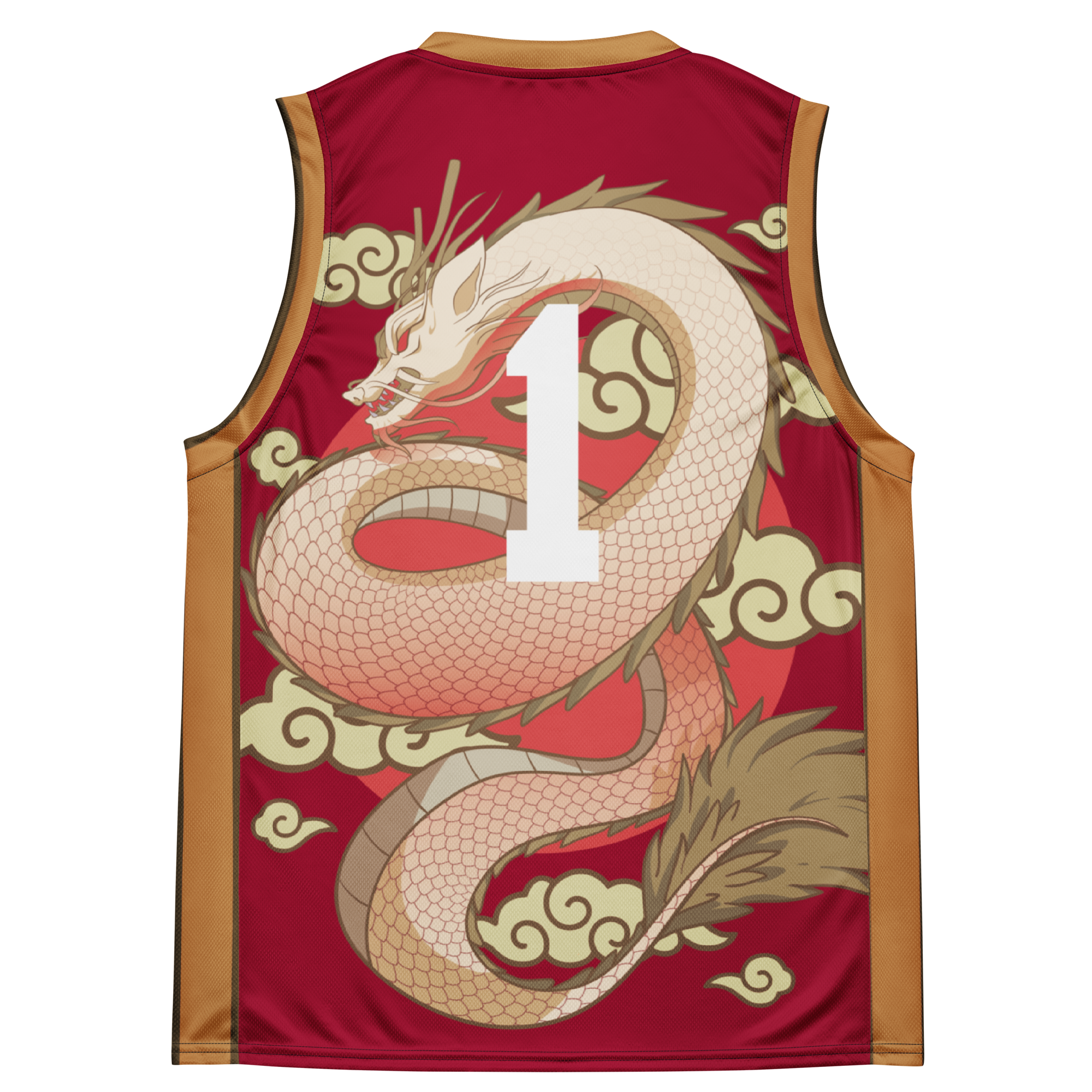
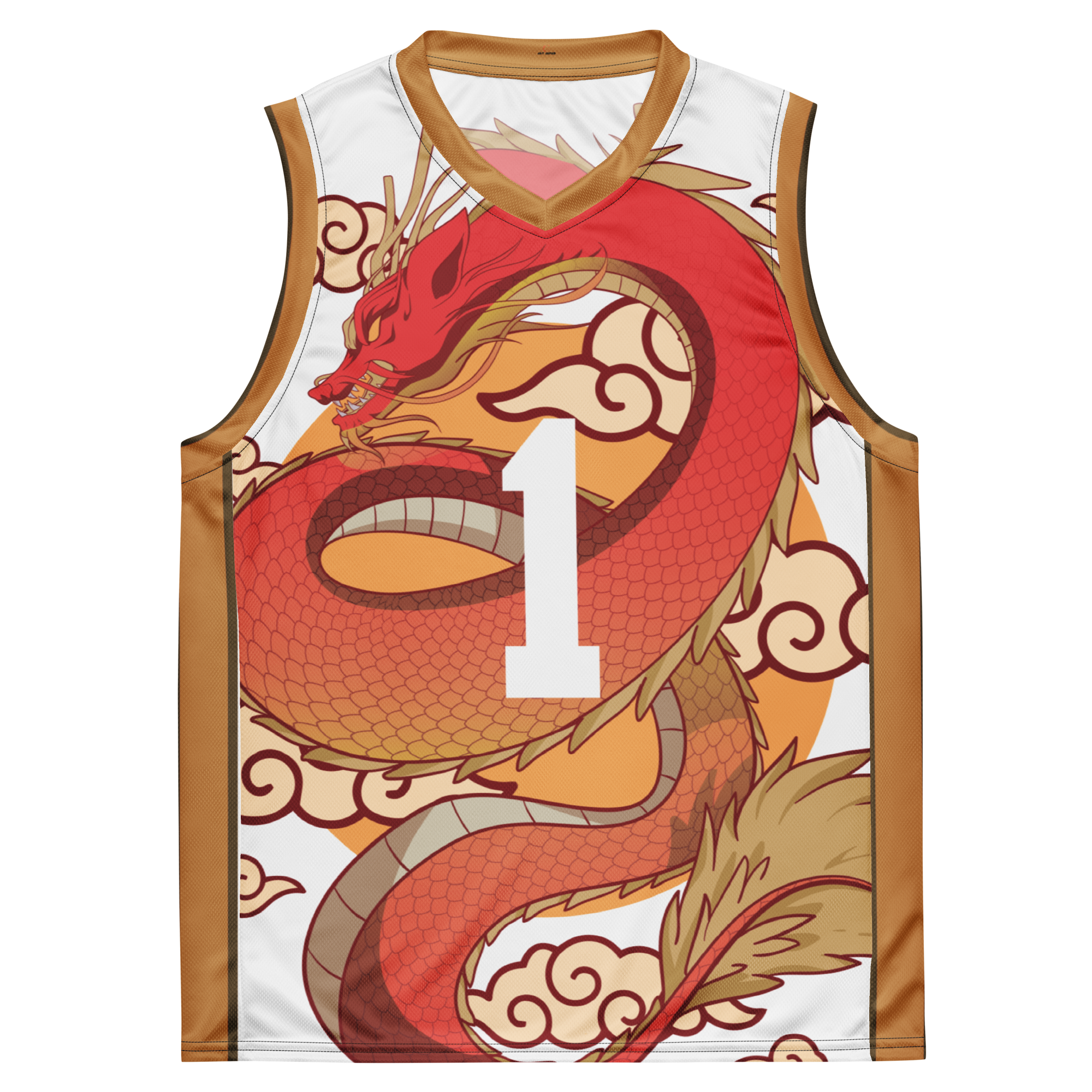
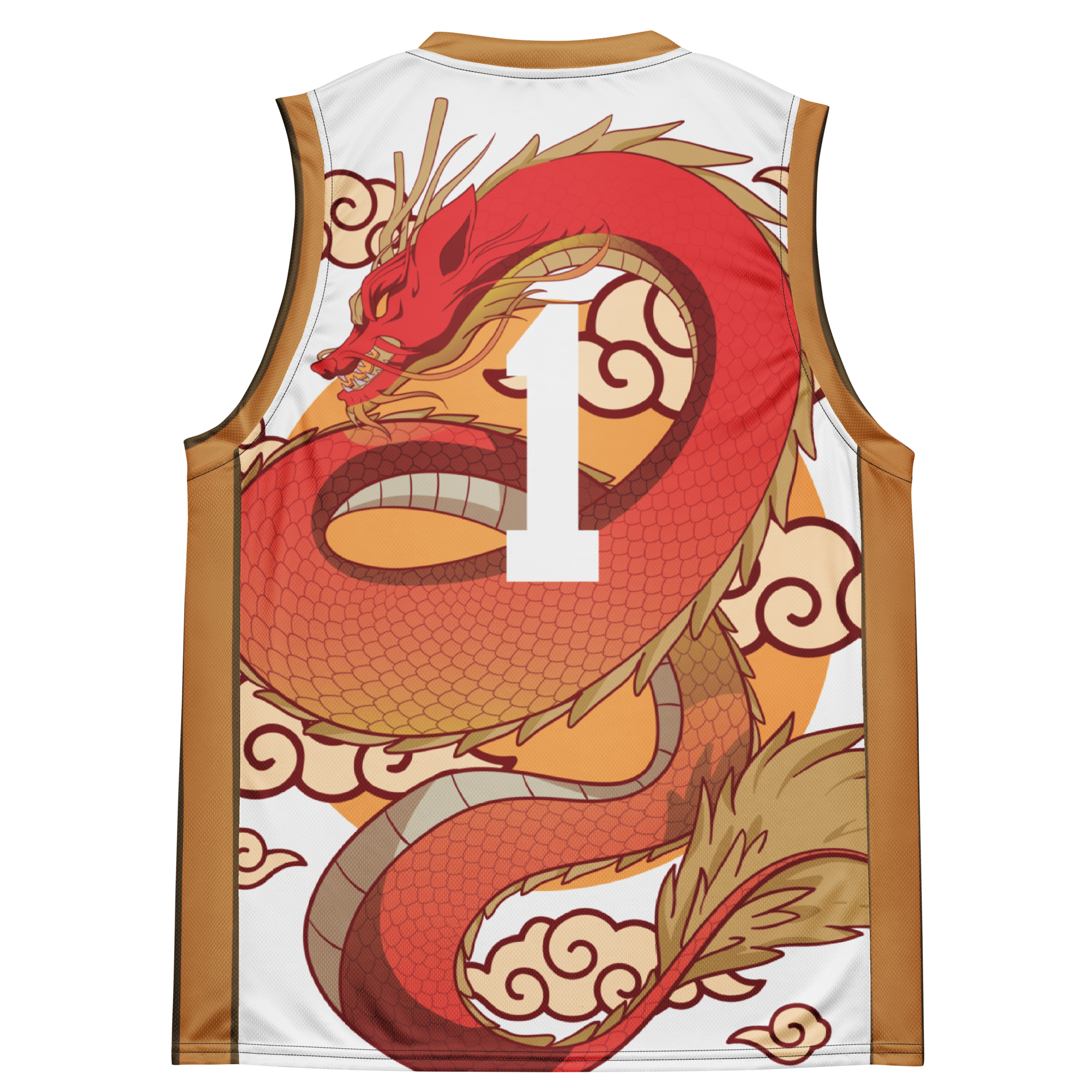
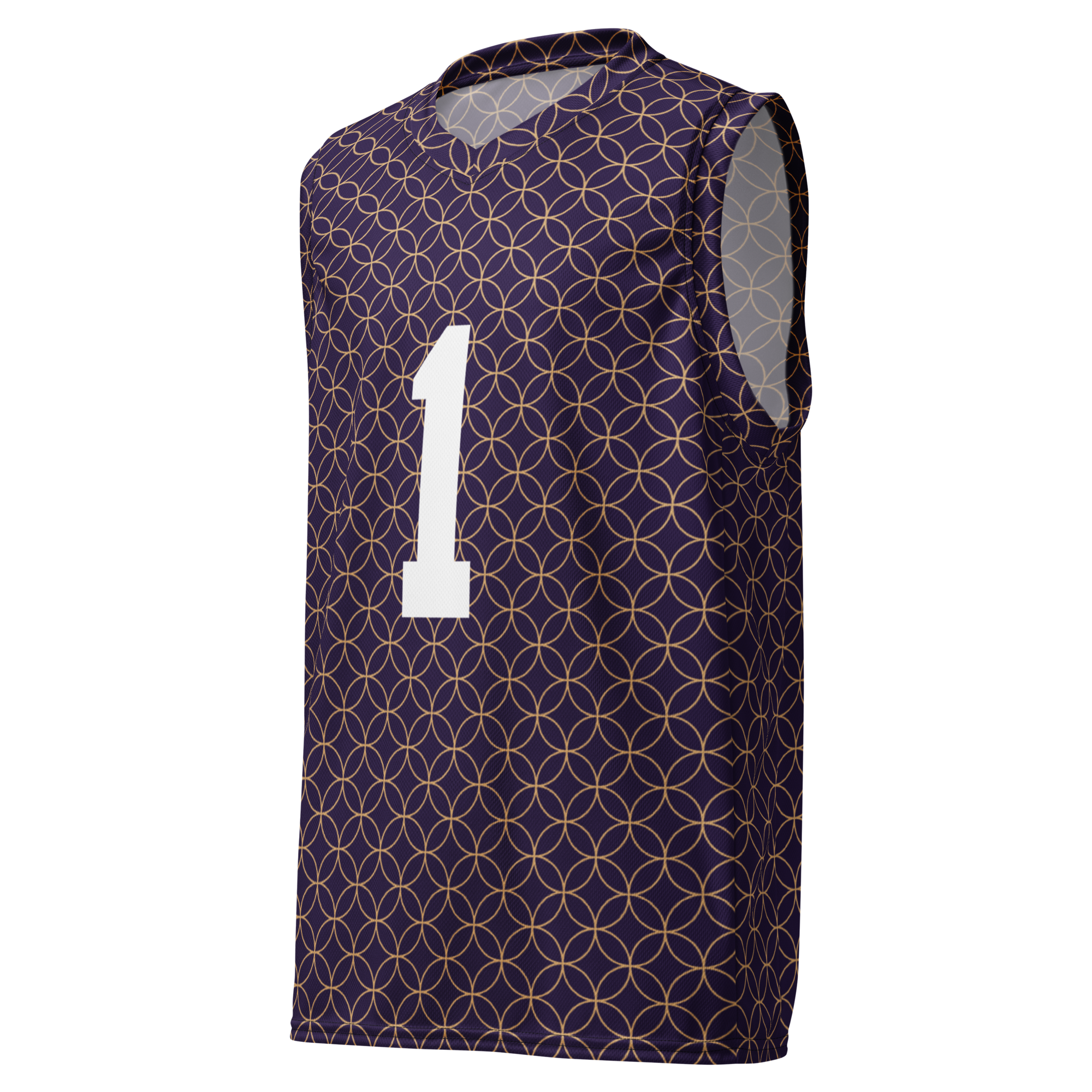
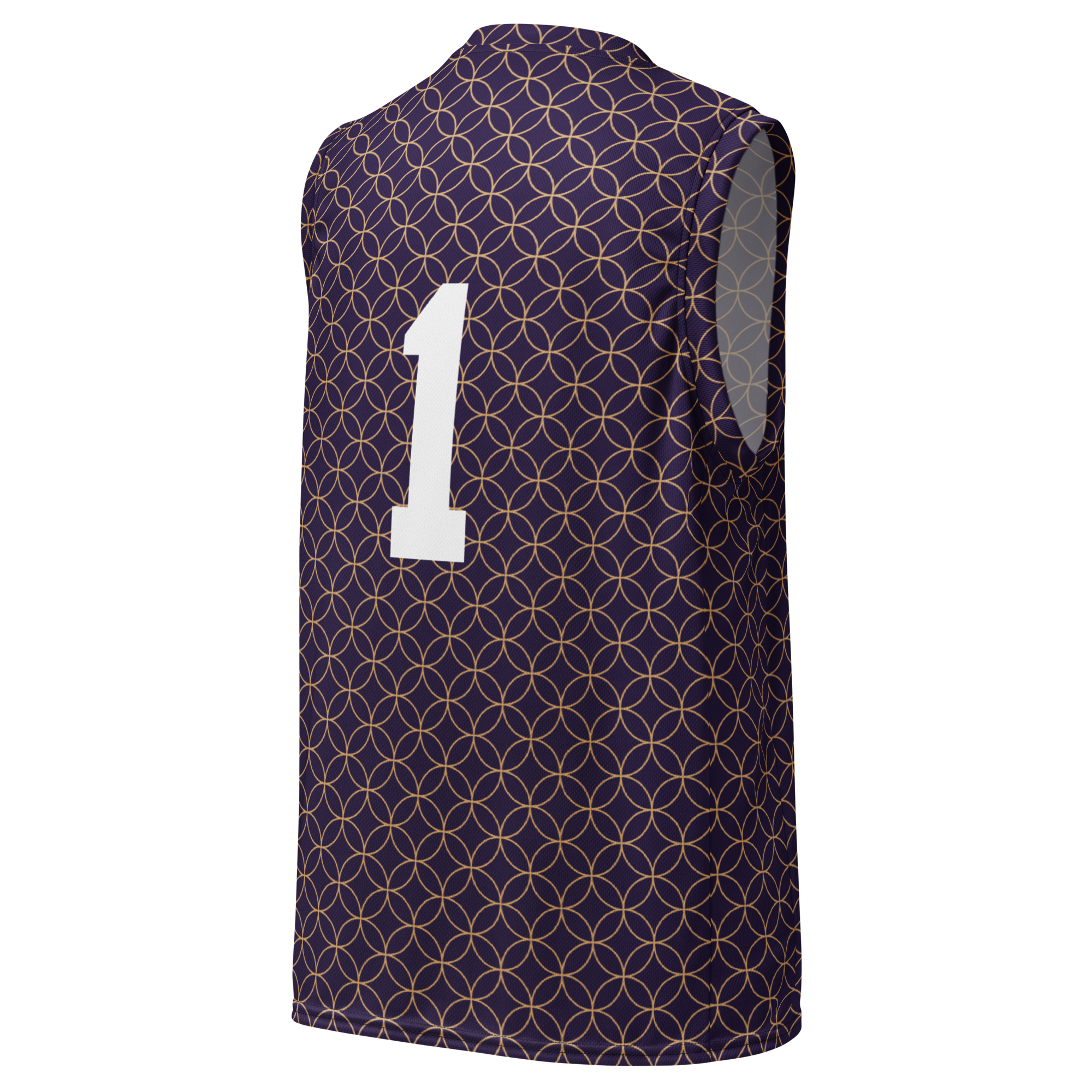
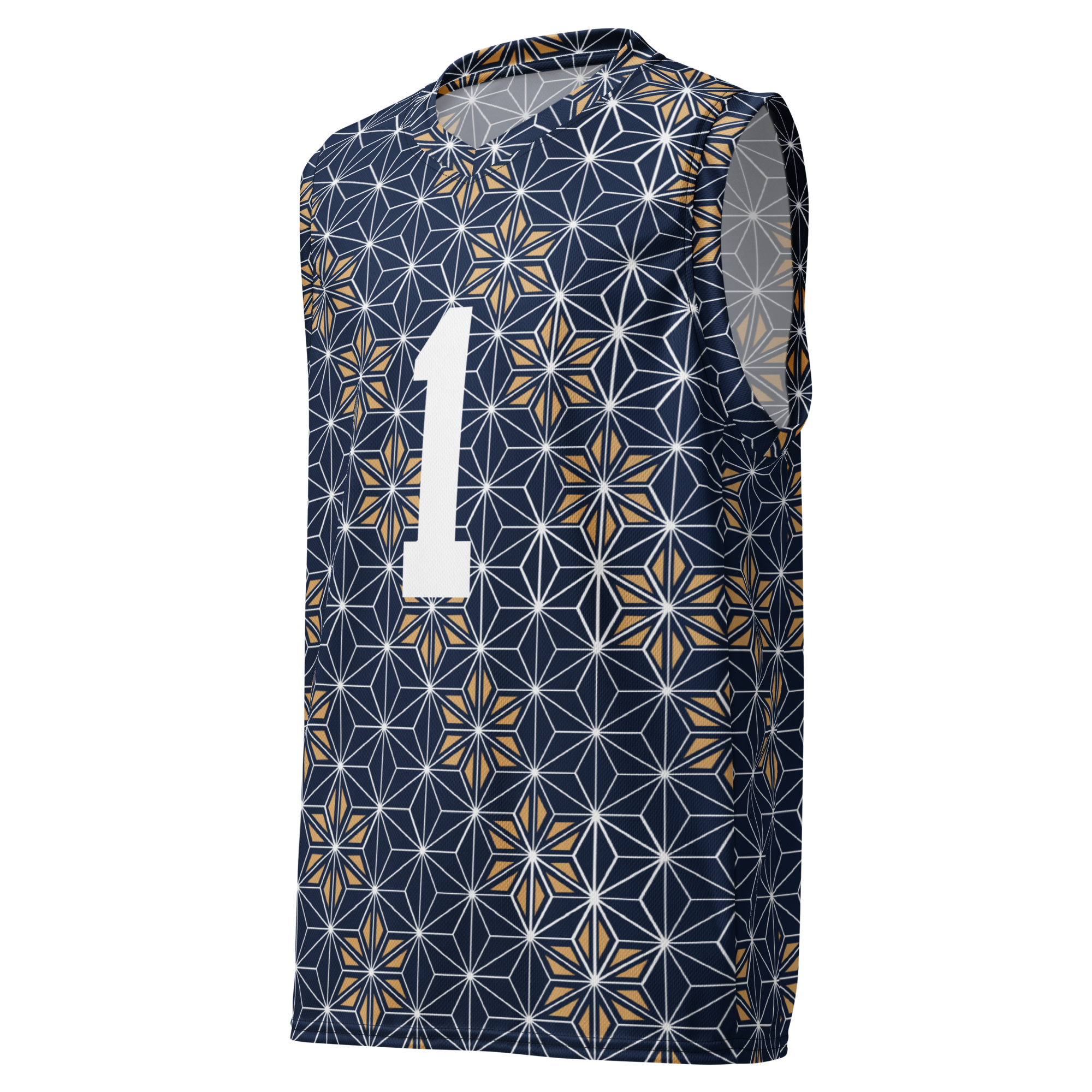

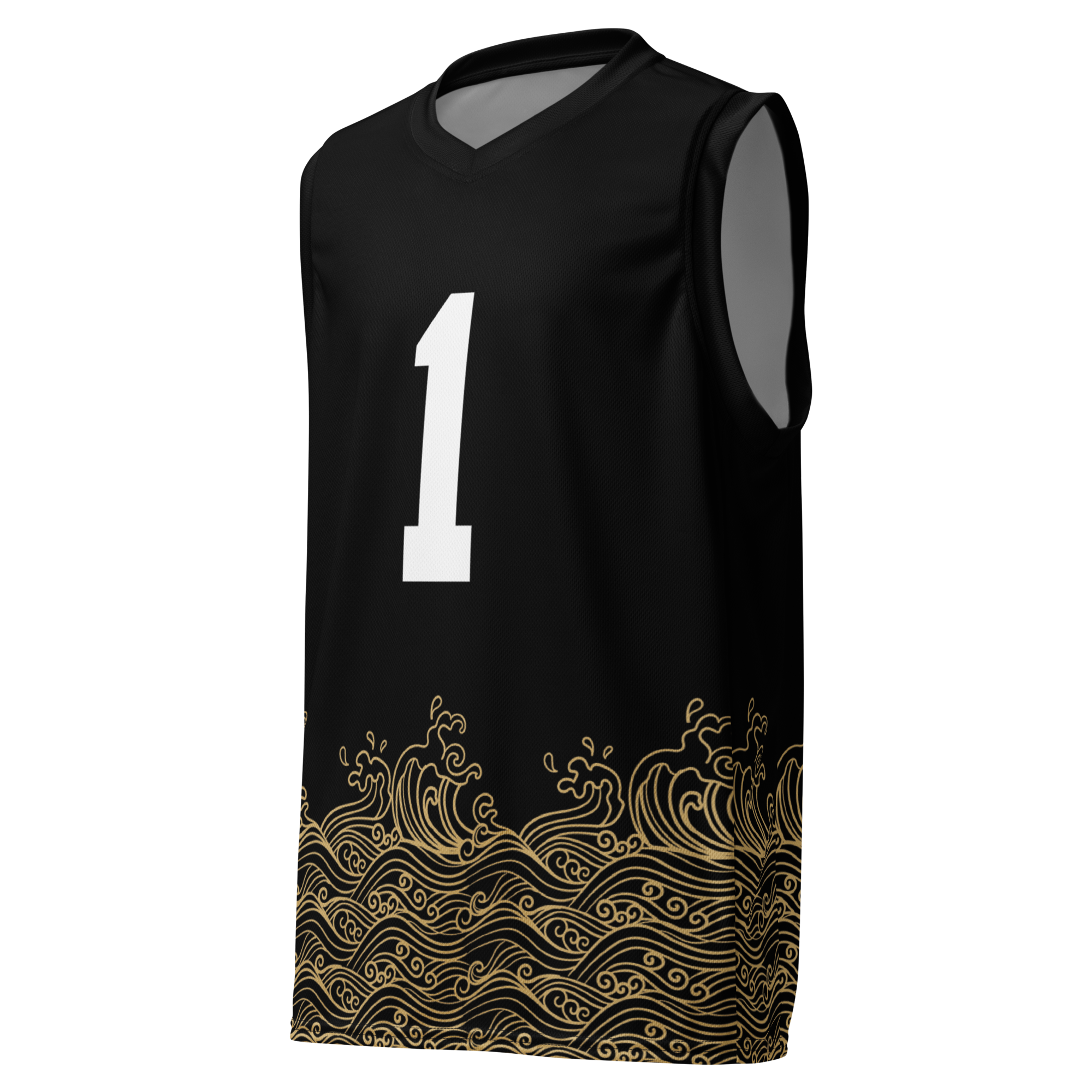
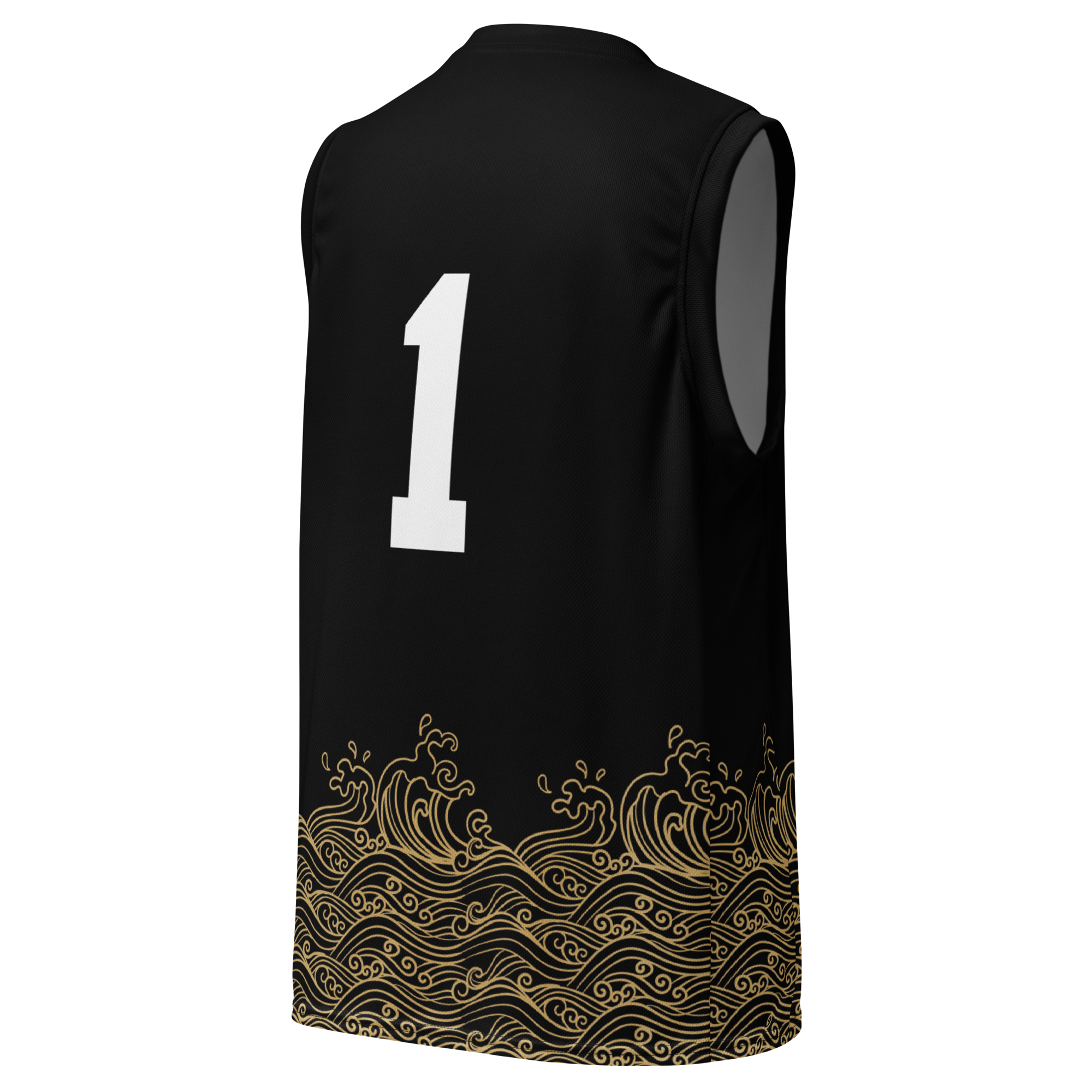
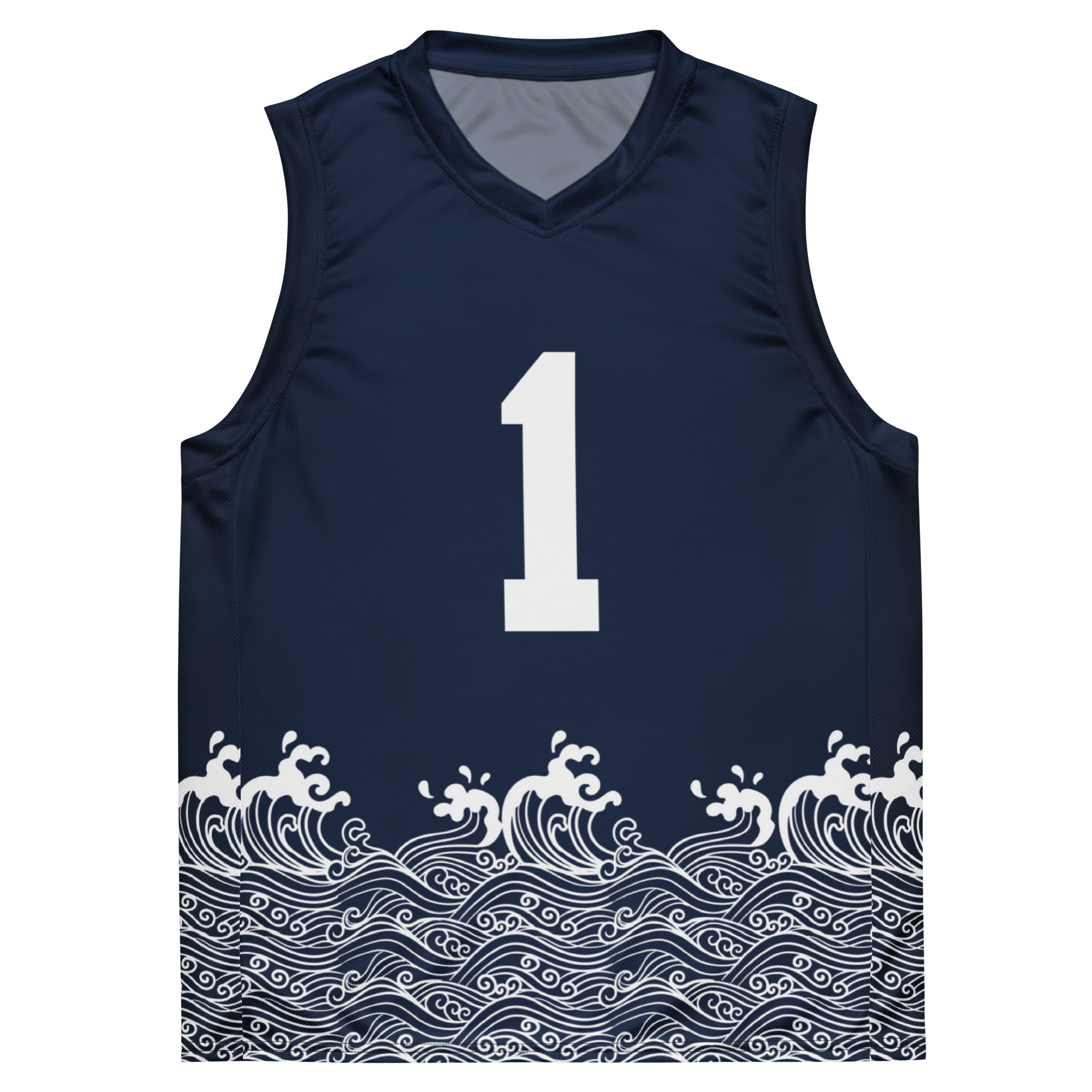

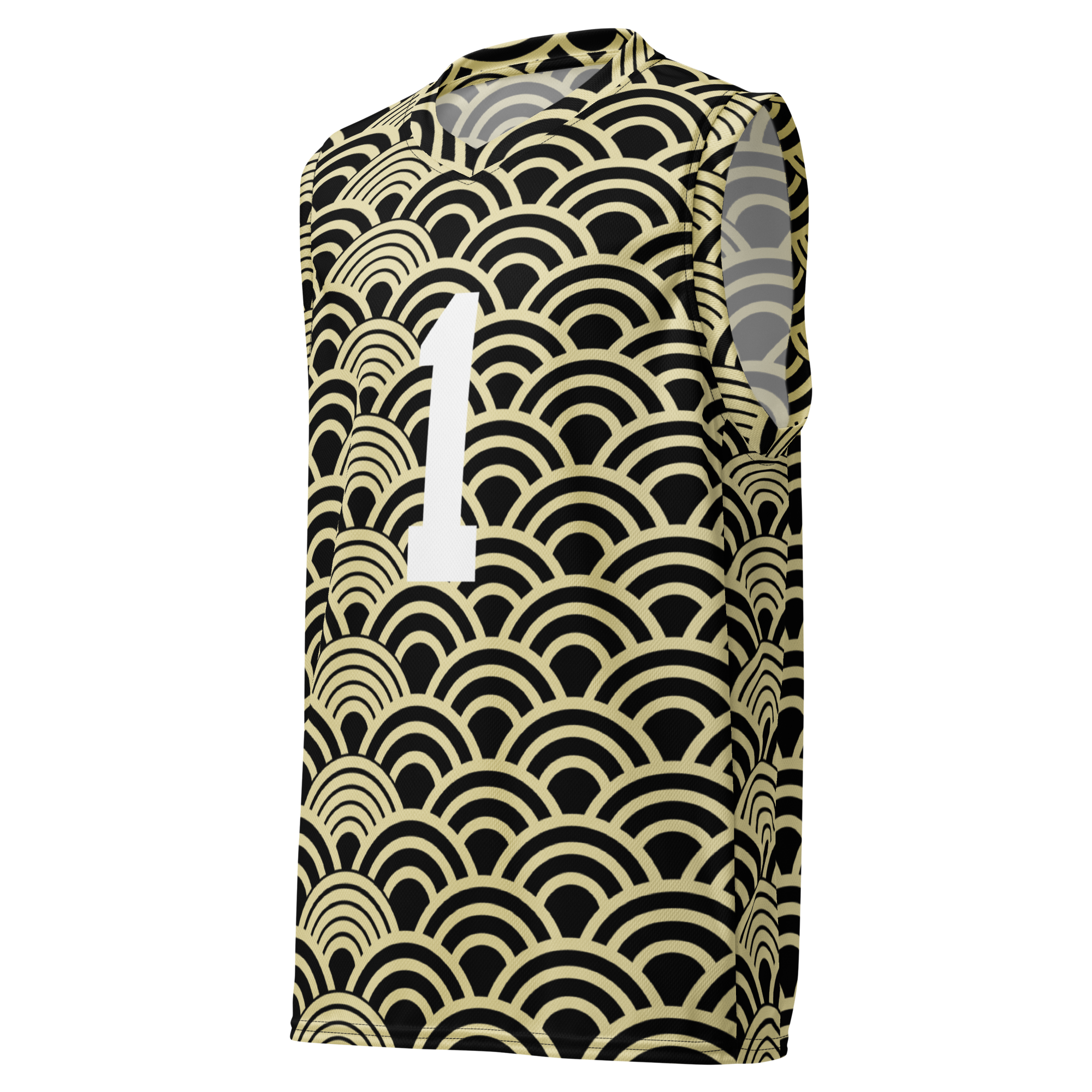
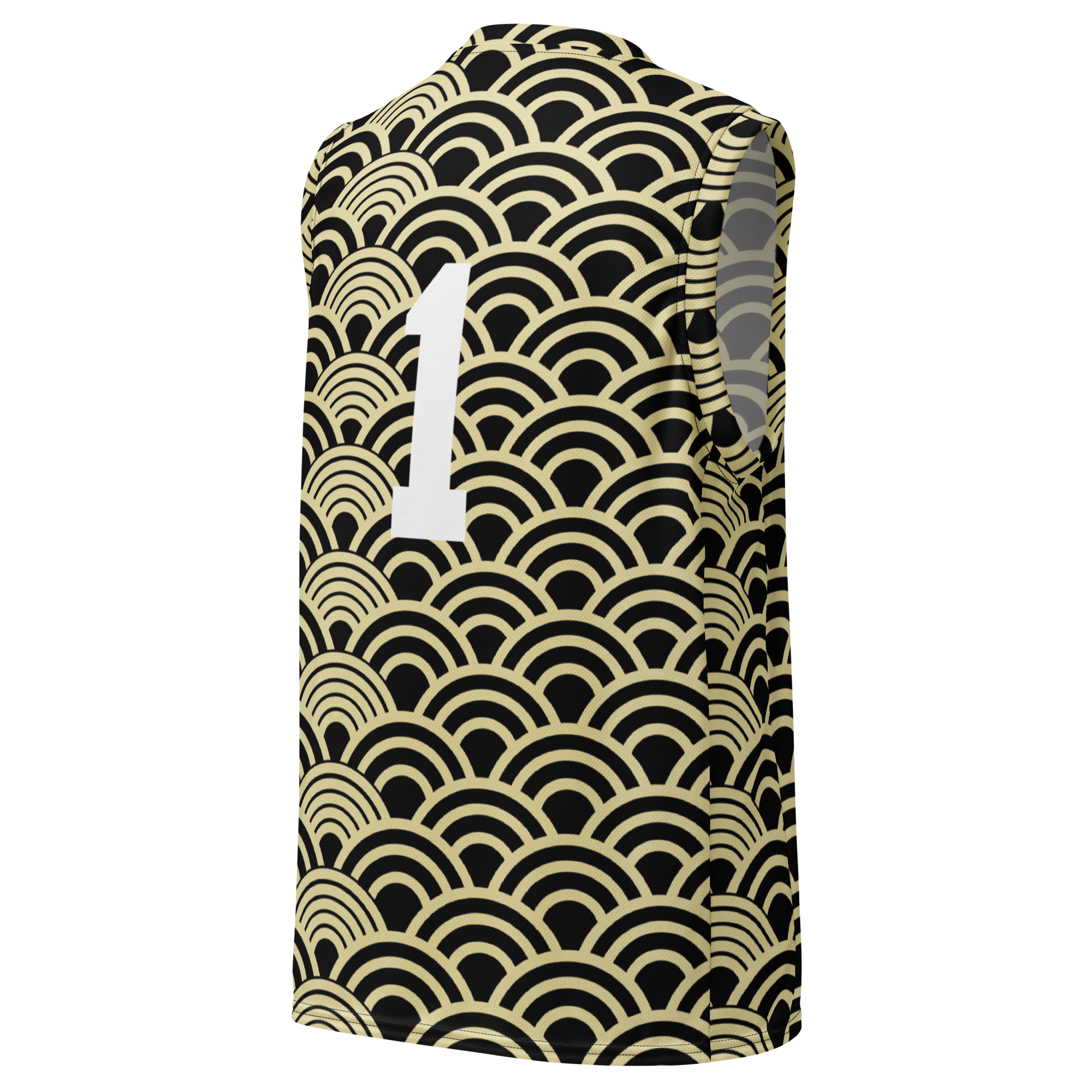
Leave a comment